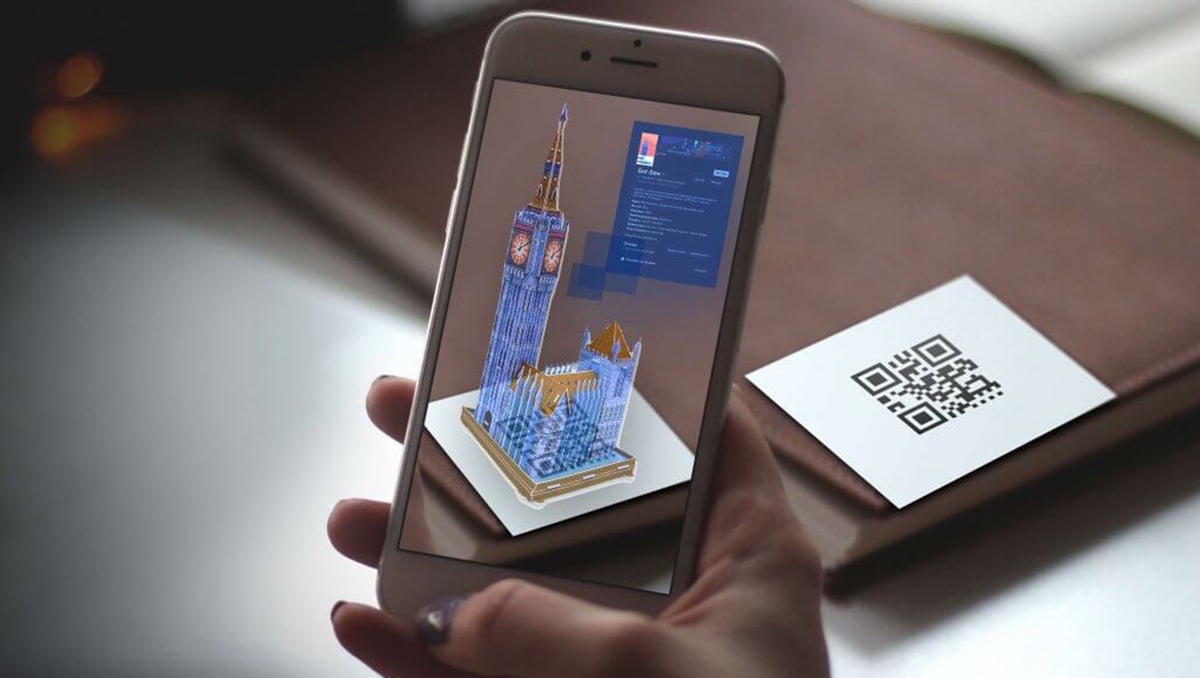Knowledge-Based Firm in Iran Develops AR Technology on Web

“The product is an engine for displaying and providing augmented reality services on the web without installing an application, and it enjoys the capability to display audio, image, video and 3D model content,” said Milad Aslani, the product manager and vector programming manager of the company.
He said that by using this service, the surface of all physical products will becomes a medium, adding that before this, products provided by AR were used either as an application or by using free Google items, which only had the ability to insert a 3D photo on a surface. But in this product, which is in the form of a marker base, the content presented in the form of a 3D model, video, music, and photo is identified and displayed on the desired image which can be a business card, restaurant menu, bank gift card, etc.
“One of the applications of this service is a bank gift card. For instance, the bank can record and upload its video greeting message on the card, and the final receiver can watch the recorded message by scanning the card,” Aslani said.
Augmented reality (AR) is an interactive experience that combines the real world and computer-generated content. The content can span multiple sensory modalities, including visual, auditory, haptic, somatosensory and olfactory.
AR can be defined as a system that incorporates three basic features: a combination of real and virtual worlds, real-time interaction, and accurate 3D registration of virtual and real objects.
The overlaid sensory information can be constructive (i.e. additive to the natural environment), or destructive (i.e. masking of the natural environment).
This experience is seamlessly interwoven with the physical world such that it is perceived as an immersive aspect of the real environment. In this way, augmented reality alters one's ongoing perception of a real-world environment, whereas virtual reality completely replaces the user's real-world environment with a simulated one.
4155/v





















